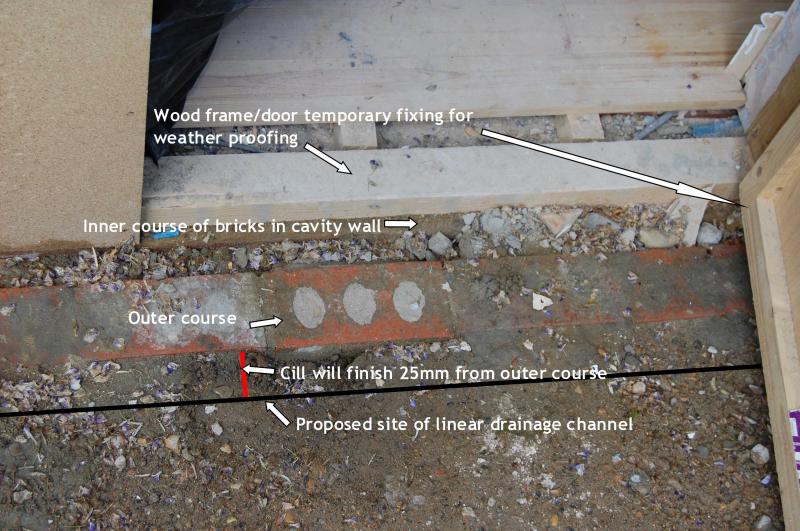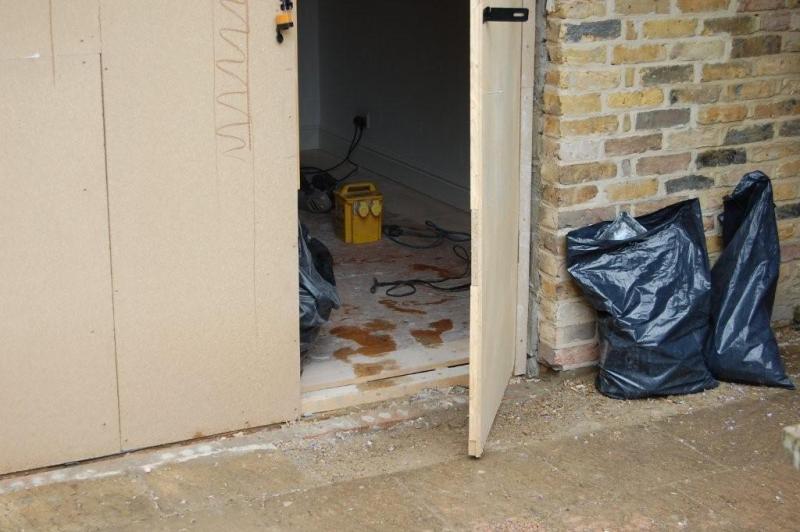I'd like to fit folding sliding doors at the back of our house. Currently the wall construction is cavity so opening up will undoubtedly reveal two skins of bricks with a gap in the middle.
How would people advise finishing the bottom of the brickwork to support the doors?
So far I'm planning to:
1 run a dpc along the top of whatever finish and lip it in to join the existing dpc
2 install a linear drainage channel in front of the threshold to drain off rainwater.
3 install cavity closers at the sides of the opening
But I'm not sure how the two skins should be adapted for the doors.
Appreciate the help.
How would people advise finishing the bottom of the brickwork to support the doors?
So far I'm planning to:
1 run a dpc along the top of whatever finish and lip it in to join the existing dpc
2 install a linear drainage channel in front of the threshold to drain off rainwater.
3 install cavity closers at the sides of the opening
But I'm not sure how the two skins should be adapted for the doors.
Appreciate the help.



